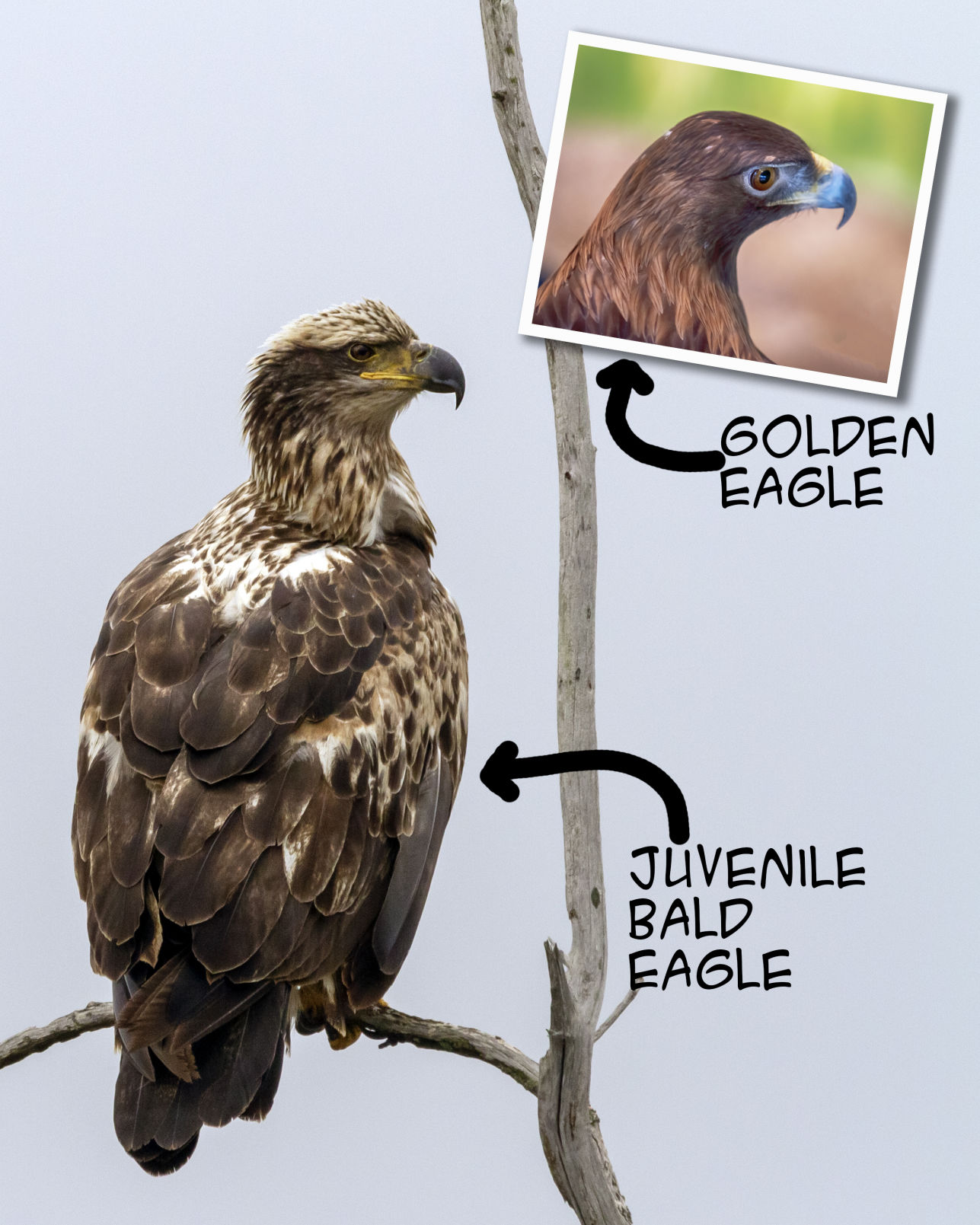

Other than the size difference, there is no discernible difference in plumage between sexes as juvenile, immature, and adult birds. The juvenile plumage is worn for less than a year before the eaglet starts replacing it for the first of several immature or subadult plumages.Īn immature, also known as a subadult eagle, is a bird older than a year that no longer wears a juvenile plumage.įemale eagles are larger than males. The term juvenile refers to an eagle (or any bird) in its first plumage, or the plumage eaglets leave the nest with. Familiarizing yourself with these young eagles’ appearance should enable you to quickly tell them apart and positively identify them the next time you see one. This article lists similarities and differences between juvenile and immature golden and bald eagles. In contrast, the bald Eagle goes through several different plumages before acquiring the familiar adult plumage. The golden eagle goes through relatively similar plumages before reaching the adult plumage. However, both eagles’ juvenile and immature plumages are similar, which causes some confusion.īoth eagle species take four and a half to five years to acquire adult plumage.

Even easier to recognize is the dark brown body with the white head and tail of the adult bald eagle. The uniform dark brown plumage of a large raptor identifies it as an adult golden eagle. Golden and bald eagles have relatively easy-to-distinguish plumages. Both eagles are the national bird of Mexico and the United States of America, respectively. The golden eagle ( Aquila chrysaetos) and the bald eagle ( Haliaeetus leucocephalus) are among the largest and most emblematic North American raptors.


 0 kommentar(er)
0 kommentar(er)
